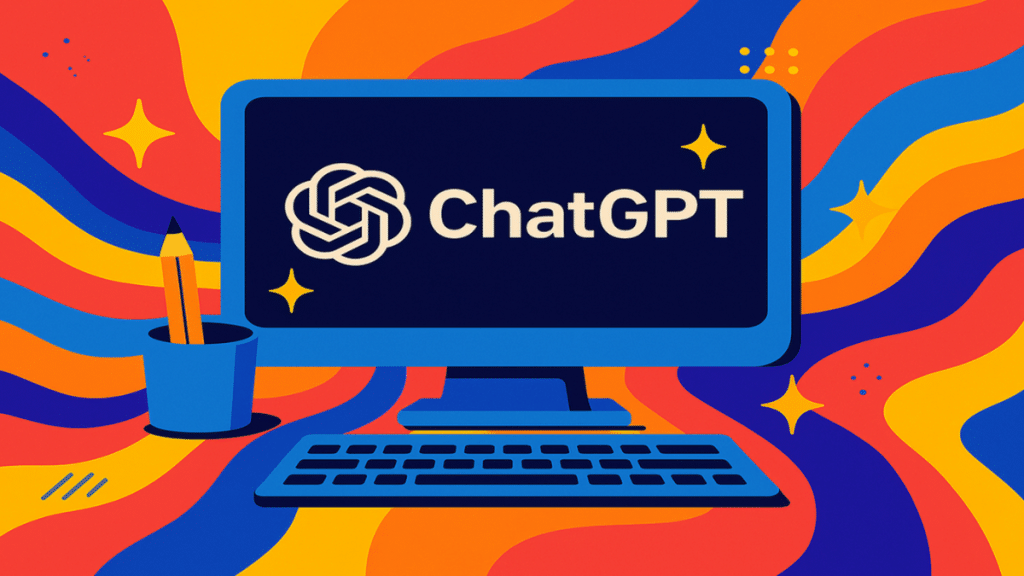The ChatBot workflow that replaced 6 tools and gave me full creative leverage
I don’t write from scratch anymore. Not emails. Not posts. Not landing pages or decks. Every day, I start with a prompt generator—a reusable, AI-powered script that adapts to the task, the model, and the goal.
This one system works across ChatGPT, Claude, Gemini, and even Grok. It’s like giving your Artificial Intelligence assistant a brain before you ever hit “Send.”
And it lives inside a clean, multi-model dashboard where I test all top AI tools in one place.
If you’re still typing fresh prompts every time, or rewriting outputs manually, you’re not using AI right.
Here’s my system.
The Prompt Generator: What It Is and Why It Works
A prompt generator is simply a meta-prompt that builds better prompts based on your intent.
Mine follows this structure:
“Act like a senior prompt strategist. I’ll give you the task, the goal, and the model. You’ll return a fully structured prompt, broken down by context, output format, constraints, and tone. Ask clarifying questions first if needed.”
I reuse this single command across hundreds of use cases. It builds exactly what each model needs to perform at its best—without me overthinking it.
What I Use It For (Real Use Cases)
| Use Case | Result |
| Cold emails | Structure + CTA + tone variation |
| Newsletter issues | Hook + 3-part structure + strong close |
| Product landing pages | Full draft, headline options, FAQ |
| Pitch deck slide content | Problem, solution, traction, CTA summary |
| YouTube video outlines | Hook → breakdown → outro CTA |
| Long-form blog posts | Outline + 5-paragraph flow + meta description |
| LinkedIn carousel frameworks | Slide-by-slide prompt with visual cues |
One generator, hundreds of outputs.
Why I Run It Inside Chatronix
My AI command center for rapid, side-by-side prompt testing
Typing that generator into one AI is fine. But I run it across 6 top models inside Chatronix, where I can:
- Compare outputs instantly
- Tag winning results
- Reuse prompt stacks
- Detect which model responds best to which format
- Run Turbo Mode for side-by-side analysis in seconds
Here’s my actual workflow:
- Open saved prompt generator inside Chatronix
- Paste today’s task (e.g. “create a deck for B2B product launch”)
- Hit Turbo
- Compare how GPT-4, Claude, Gemini, Grok, Perplexity, and DeepSeek interpret the structure
- Keep best version
- Use it as my starting point or final result
👉 Try this multi-model prompt engine in Chatronix – no setup, 10 free prompt runs
My Favorite Prompt Generator Templates
These are my go-tos inside Chatronix when speed matters:
1. Content Starter Prompt
Build a complete prompt that turns my input (topic: [paste]) into a 600-word blog post. Include structure, tone, style, and formatting cues.
2. Cold Outreach Prompt
Generate a structured prompt that builds a cold email based on this info:
Product: [paste]
Audience: [paste]
Offer: [paste]
Desired tone: confident but human
3. Slide Deck Builder
Create a prompt that outlines a 10-slide pitch deck. Each slide should include a headline, supporting text, and tone. Target: early-stage SaaS investors.
4. Social Content Thread Prompt
Build a meta-prompt for generating a tweet thread from a rough idea. Include hook, transitions, value build-up, and CTA.
Table: How I Compare Prompt Generator Output by Model
| Model | What It Nails | Where I Use It |
| GPT-4 Turbo | Structure + clarity | Cold email, blog, marketing content |
| Claude | Human-sounding tone + logic | Landing pages, carousels, storytelling |
| Gemini | Clean hierarchy + outline reasoning | Decks, product docs, campaign planning |
| Grok | Short + bold formatting | Headlines, one-liners, social posts |
| DeepSeek | Founder voice, softer long-form | Thought leadership, LinkedIn copy |
| Perplexity | Adds links, factual data, research | SEO content, insight summaries |
Prompt generators adapt to all of them. I just swap the model.
Bonus: My AI Prompt Library Structure
I don’t just generate prompts—I store and version the best.
Inside Chatronix, I tag my top outputs as:
- “Prompt Stack – Content”
- “Prompt Stack – Growth”
- “Prompt Stack – Sales”
- “Prompt Stack – Branding”
- “Prompt Stack – Decks”
Each folder includes:
- Original task
- Winning model
- Saved output
- Performance notes (e.g. high-converting cold email, high CTR landing headline)
The 3 Best Things About Prompt Generators
1. They remove 90% of prompt guesswork
No more tweaking 6 times for tone, format, or flow. One clean command builds the structure.
2. They adapt across tasks and models
I can run the same input for ChatGPT or Claude and get quality, consistent output.
3. They scale ideas faster than people
Instead of hiring, delegating, or reviewing—just rerun the stack and test version B.
Final Thought
If you’re still prompting by hand, you’re wasting time and creative energy.
Prompt generators are how professionals use AI in 2025.
And inside Chatronix, they’ve become my full-stack toolkit for writing, scripting, structuring, and testing everything from email to enterprise pitch decks.
